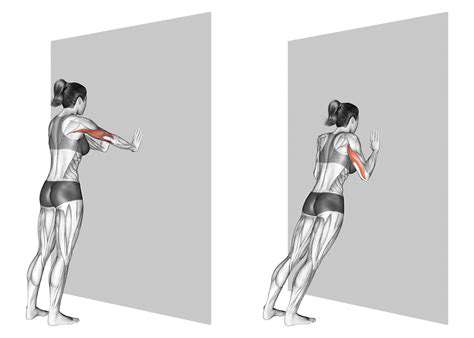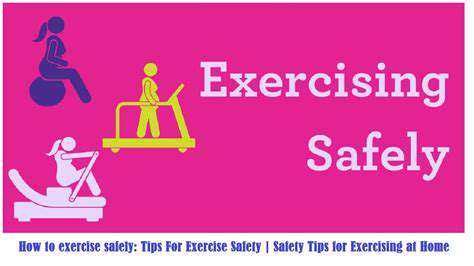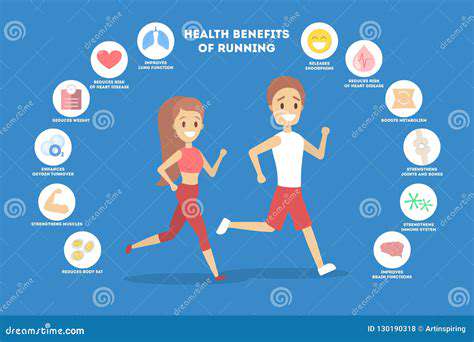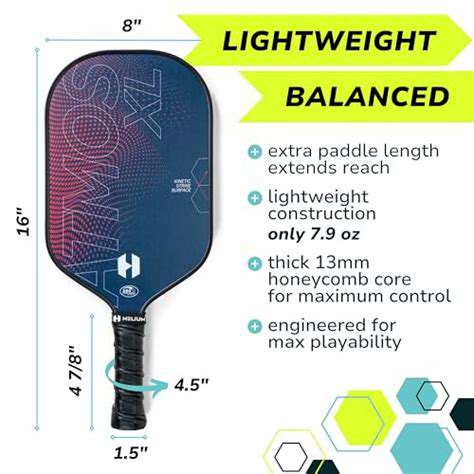3 Gentle Strength Exercises for Seniors Over 80
Why Strength Training is Crucial for Seniors
As we grow older, our muscles naturally weaken and shrink, a condition commonly known as sarcopenia. This deterioration can profoundly affect daily activities, turning simple actions like climbing stairs, carrying groceries, or rising from a chair into daunting tasks. Strength training serves as a powerful countermeasure, helping to rebuild muscle and restore physical function. By consistently challenging our muscles, we can stimulate growth, enhance strength, and improve balance, reducing the risk of falls and boosting overall well-being. Beyond physical benefits, strength training also uplifts mood, lowers the risk of chronic illnesses, and sharpens cognitive abilities.
The significance of strength training for those aged 80 and above cannot be emphasized enough. Preserving muscle mass and strength is vital for maintaining independence and a high quality of life. It helps stave off age-related decline, minimizes fall risks, and makes everyday tasks more manageable. For seniors in this age bracket, staying mobile and self-sufficient is of utmost importance.
Gentle Strength Exercises for Seniors
Gentle strength exercises are ideal for seniors, focusing on slow, controlled movements and correct form to prevent injuries. These exercises should be customized to individual capabilities, beginning with light weights or resistance bands and gradually intensifying as strength builds. Warming up before each session is essential to prepare muscles and joints. Paying attention to your body and stopping if pain arises is critical. Regular participation is the cornerstone of seeing progress and sustaining strength gains.
Examples of gentle strength exercises include chair squats, wall push-ups, and seated rows with resistance bands. These target major muscle groups—legs, arms, and back—without overloading joints. Consulting a healthcare professional or physical therapist can help tailor exercises to personal needs and prevent injuries. The goal is to find enjoyable, sustainable exercises that integrate seamlessly into daily life.
Always consult a doctor or physical therapist before starting a new exercise routine, especially if you have health concerns. They can design a safe, effective strength training plan tailored to your goals. With dedication and consistency, gentle strength training can enhance physical function and overall well-being, fostering independence and a more active lifestyle.
Chair Squats: Building Lower Body Power Safely
Proper Form for Chair Squats
Correct form is essential for safe and effective chair squats. Begin by placing a sturdy chair 18 to 24 inches in front of you. The seat height should allow your thighs to parallel the floor when seated. Keep your back straight and core engaged as you slowly lower yourself toward the chair. Avoid hunching or rounding your shoulders, and maintain an upright chest and forward gaze. This controlled movement reduces lower back strain and ensures proper muscle activation.
Your knees should align with your toes, not cave inward. This alignment protects your knees and ensures your thigh muscles bear the workload. Imagine sitting back into the chair rather than just bending your knees, which engages your glutes and quads more effectively. Pause briefly at the bottom before rising smoothly to the starting position.
Chair Squat Variations for Different Needs
Chair squats can be adapted for various fitness levels. Beginners can use a higher chair to reduce intensity, lowering it as strength improves. Adding resistance bands around your knees or holding light dumbbells can increase difficulty. Those with balance issues can place hands on the chair or a wall for support. Wider chairs can also enhance stability.
Benefits of Chair Squats for Seniors
Chair squats strengthen the lower body—quads, glutes, and hamstrings—improving balance and reducing fall risks. They also enhance joint stability, mobility, and flexibility in the hips and knees, promoting independence and reducing injury risks.
Safety Considerations During Chair Squats
Safety is paramount. Use a sturdy chair on a firm surface to prevent shifting. Stop if you feel pain in your hips, knees, or back. Consult a doctor or physical therapist before starting, especially with health conditions. Gradually increase intensity to avoid overexertion.
Integrating Chair Squats into a Senior Fitness Routine
Incorporate chair squats into your routine 2-3 times weekly, aiming for 2-3 sets of 10-12 reps. Pair them with other gentle exercises like chair rows and ankle rotations for a full-body workout. Gradually increase intensity as strength improves, always prioritizing form and listening to your body.
Wall Push-Ups: Strengthening Upper Body Muscles

Wall Push-Ups: A Beginner's Guide
Wall push-ups are an excellent exercise for building upper body strength, targeting the chest, shoulders, and triceps. They offer a gentler alternative to traditional push-ups, making them accessible to beginners and those with limited mobility. Proper form is key to maximizing benefits and minimizing injury risks.
Benefits of Wall Push-Ups
Wall push-ups improve muscular strength, cardiovascular health, and bone density. They are low-impact and require no equipment, making them convenient for all ages and fitness levels. They also lay the foundation for more advanced exercises.
How to Perform Wall Push-Ups
Stand facing a wall, hands shoulder-width apart at a comfortable height. Keep your body straight and core engaged as you lower your chest toward the wall, then push back up. Maintain controlled movements—avoid bouncing or jerking.
Important Considerations for Beginners
Start close to the wall and gradually increase distance as strength improves. Aim for 3 sets of 10-15 reps, increasing reps over time. Consistency is crucial for progress.
Progression and Variations
Adjust your body angle or add resistance bands to intensify the exercise. Small changes can target different muscles and increase challenge.
Common Mistakes to Avoid
Avoid sagging or arching your back, and don’t lower too quickly. Focus on quality over quantity.
Safety Precautions
Consult a healthcare professional before starting. Stop if you experience pain or discomfort.
Benefits and Considerations for Seniors Over 80

Enhanced Productivity and Efficiency
Strength training streamlines daily activities, boosting productivity. By building muscle and improving mobility, seniors can perform tasks more efficiently. This newfound strength fosters independence and a more active lifestyle.
Improved Communication and Collaboration
Group exercise classes or training sessions enhance social interaction and teamwork. Shared goals and encouragement strengthen relationships and morale.
Increased Scalability and Flexibility
Strength training adapts to individual needs, allowing gradual progression. This flexibility ensures long-term sustainability and growth.
Enhanced Data Management and Analysis
Tracking progress through journals or apps provides insights into improvements. Data-driven adjustments optimize results and motivation.
Security and Privacy Considerations
Always exercise in safe environments and use proper equipment. Preventing injuries ensures continued progress and well-being.
Cost-Effectiveness and Return on Investment
Strength training requires minimal equipment, offering high returns in health and independence. The long-term benefits far outweigh the initial effort.
Potential Challenges and Implementation Strategies
Overcoming initial discomfort or fear is common. Starting slowly and seeking professional guidance ensures success.









